When we think about our future we always think of a good and happy life. we are happy and living a lavish life today only because of the earlier innovations. The effort put in the present yields the success of the future. Innovations are always a way to the future. There are many breakthrough technologies on the go right now which will shape our future of tomorrow. Here we talk about Bill Gates technology review of 2019
The team of MIT Technology Review asked Gates to choose this year’s list of inventions that will change the world for the better. Bill gates choose ten breakthrough technologies that will change our future.
“I was honored when MIT Technology Review invited me to be the first guest curator of its 10 Breakthrough Technologies. Narrowing down the list was difficult. I wanted to choose things that not only will create headlines in 2019 but captured this moment in technological history—which got me thinking about how innovation has evolved over time”. As said by Bill Gates.
Gates in his introduction compared the innovations to plow: The plow—like many technologies, both ancient and modern—is about creating more of something and doing it more efficiently, so that more people can benefit. he also told about the contrasting facts in technology. So now let’s take a look at Bill Gates pick of top 10 breakthrough technology.
10. Robot Dexterity
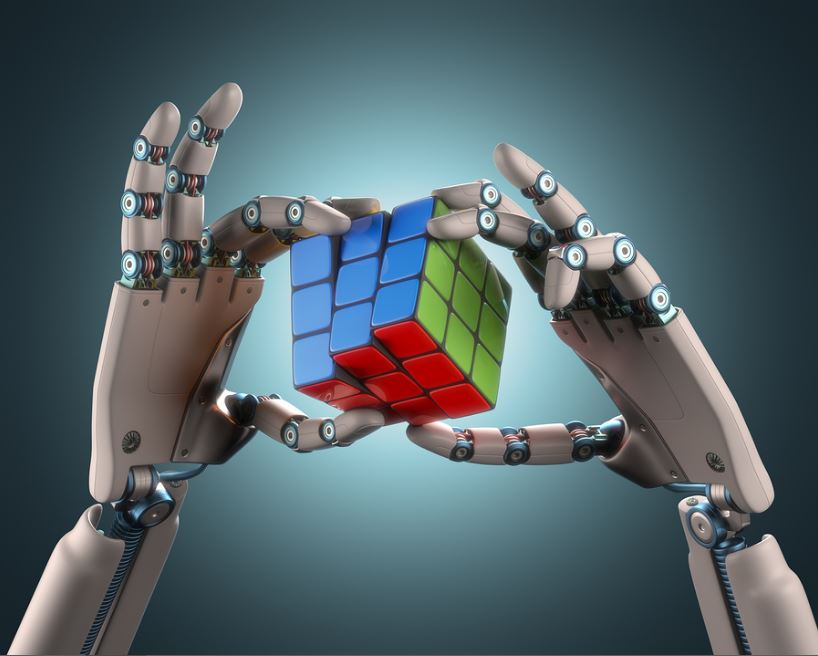
People say that human work has been decreasing due to robots and it also contributes to unemployment. The works done by robots will always be more precise and without any mistake. But do you think robots are that capable enough to replace humans?
The fact here is that robots can only function for the works they are programmed for. They cannot perform a task out of their niche. They don’t have the power to analyze and work, they will work according to the programme they are set for. A slight change and the robot will totally go gibberish.
But while a robot can’t yet be programmed to figure out how to grasp any object just by looking at it, as people do, it can now learn to manipulate the object on its own through virtual trial and error.
One of such advanced robot is Dactyl, a robot that taught itself to flip a toy building block in its fingers. Dactyl, which comes from the San Francisco nonprofit OpenAI, consists of an off-the-shelf robot hand surrounded by an array of lights and cameras. The key to its dexterity is not in its mechanical grippers but in its brain. The robot uses software called Dex-Net to determine how to pick up even odd-looking objects with incredible efficiency.
“We’ll need further breakthroughs for robots to master the advanced dexterity needed in a real warehouse or factory. But if researchers can reliably employ this kind of learning, robots might eventually assemble our gadgets, load our dishwashers, and even help Grandma out of bed”. —Will Knight
09. New-Wave Nuclear Power

We all know about nuclear power and how powerful it is. Advanced fusion and fission reactors are edging closer to reality.
A new wave of innovation is on its way, and it’s going to completely transform the energy sector. Nuclear plays a pivotal role in protecting our clean air, strengthening our national security and spurring the economy.
New nuclear designs that have gained momentum in the past year are promising to make this power source safer and cheaper. The United States is developing cutting-edge advanced reactor design that has unprecedented versatility, can be paired with renewable generating sources, are much less expensive, burn waste as an energy resource, and are walk-away safe. The company’s design is currently under review by the Nuclear Regulatory Commission (NRC) and on target to become the nation’s first advanced commercial SMR by 2026.
Another such important innovation is the generation iv fission reactor. it focuses on the basis of being clean, safe and cost-effective means of meeting increased energy demands on a sustainable basis while being resistant to a diversion of materials for weapons proliferation and secure from terrorist attacks. Developers of generation IV fission designs, such as Canada’s Terrestrial Energy and Washington-based TerraPower, have entered into R&D partnerships with utilities, aiming for grid supply (somewhat optimistically, maybe) by the 2020s.(Bill Gates is an investor in TerraPower and Commonwealth Fusion Systems.) —Leigh Phillips
Apart from such things, innovations like advanced manufacturing and advanced fuels will greatly help in shaping the future.
Fusion is also on the verge of becoming a practical power source. Companies like General Fusion and Commonwealth Fusion Systems, are making some headway. Many consider fusion a mere dream, but because the reactors can’t meltdown and don’t create long-lived, high-level waste, it should face much less public resistance than conventional nuclear.
08. Predicting preemies
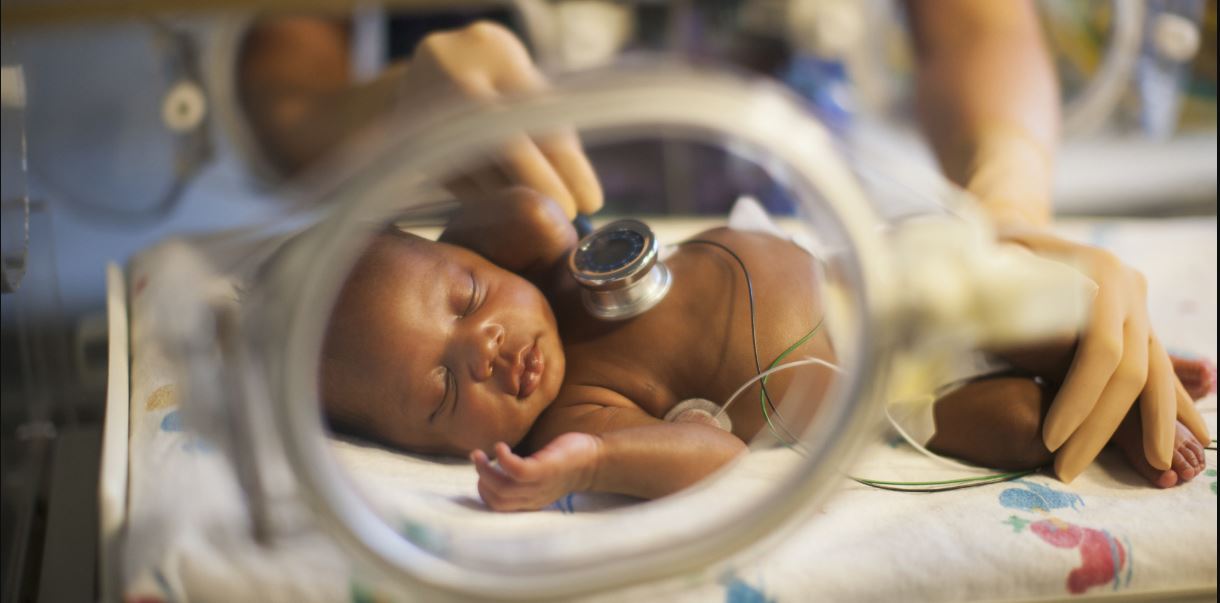
Premature birth is one of the leading causes of infant mortality, and a new test could help doctors spot it. preemies are among the leading causes of death in children under five globally.Now, an international team of scientists has debuted a new type of blood test that is nearly as effective
as ultrasound in determining how far along a woman is in her pregnancy and, crucially, how likely she is to give birth ahead of term. The test works by looking at what’s called cell-free RNA in the mother’s blood. These tiny bits of the “messenger molecule” carry genetic instructions telling the body how to make proteins. In their trials, the scientists examined levels of cell-free RNA linked to various genes, to try and find ones that might predict an early due date.
Thus with the ability to tackle the problem of premature births we are most likely to decrease the infant mortality rate.
07. Gut Probe in a Pill
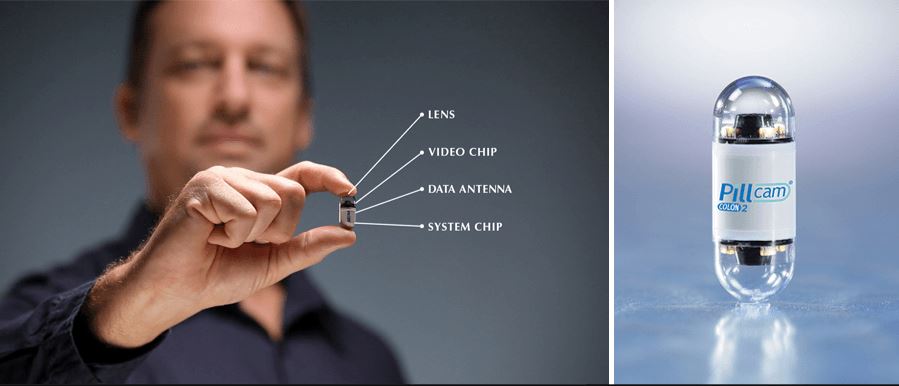
Swallowing a small sensor-studded pill will get a diagnosis on your phone which will help prevent stomach ache.
The human gut is a 30-foot-long black box. Well, the black tube. For decades doctors have been trying to decode the dark, slimy terrains of the GI tract—probing both ends with cameras and scopes and liters of oral contrast liquid. But those medieval days may soon be behind us.
A small device that can be used to inspect the gut for signs of EED and even obtain tissue biopsies is developed Guillermo Tearney, a pathologist and engineer at Massachusetts General Hospital (MGH) in Boston, He developed a sensor about the size of a pen cap, the prototype sensor combines electronics with useful bacteria. With this fearsome combination, it can detect signs of excessive bleeding in the gut, and then transmit the results to your smartphone.
These kinds of innovations will be key to making gut-sensing tech a reality. “The main bottleneck in the field is power supply,” says Pietro Valdastri, a roboticist at the University of Leeds who was not involved in the study and is developing a magnetically-guided colonoscopy robot.
The little probe will help researchers answer questions about Environmental enteric dysfunction’s development—such as which cells it affects and whether bacteria are involved—and evaluate interventions and potential treatments. —Courtney Humphries
06. Custom Cancer Vaccines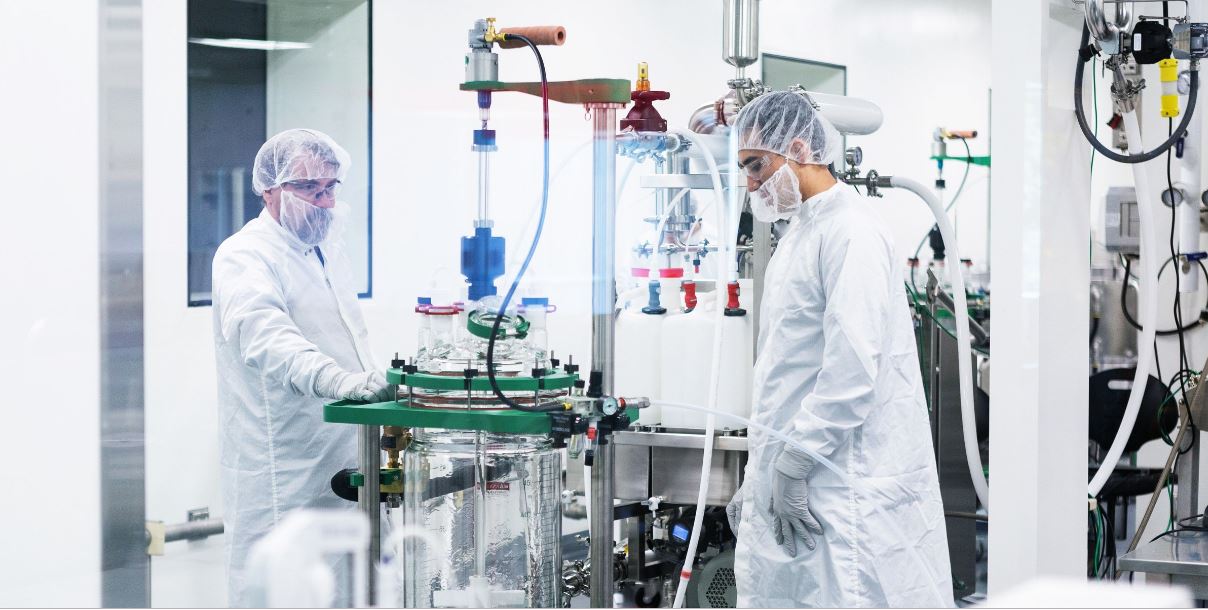
via“Scientists are on the cusp of commercializing the first personalized cancer vaccine,” Gates wrote. “If it works as hoped, the vaccine, which triggers a person’s immune system to identify a tumour by its unique mutations, could effectively shut down many types of cancers.”
Since 2008 researchers began comparing the mutations in various tumor cells and found that most tumors contain mutations unique to only that tumor — the same mutations don’t show up in the cells of other tumors or in healthy cells. The idea is that the vaccine could compel a person’s immune system to find and destroy any cells containing the mutations found within their specific t
umor.“By using the body’s natural defenses to selectively destroy only tumor cells, the vaccine, unlike conventional chemotherapies, limits damage to healthy cells,” Gates wrote.
05. The cow-free burger
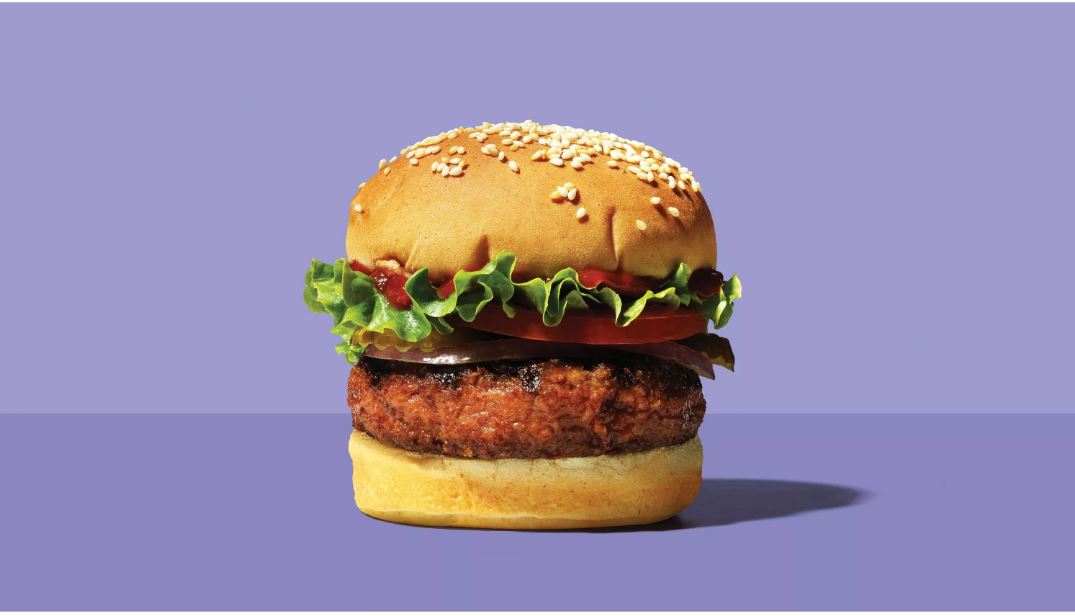
By the time poverty totally diminishes, according to the predictions, humans will consume 70% more meat than they did in 2005. And is a fact that raising animals for human consumption is among the worst things we do to the environment. Thus as a result of this both lab-grown and plant-based alternatives approximate to the taste and nutritional value of real meat without the environmental devastation has been developed.
Depending on the animal, producing a pound of meat protein with Western industrialized methods requires 4 to 25 times more water, 6 to 17 times more land, and 6 to 20 times more fossil fuels than producing a pound of plant protein. And this leads to massive destruction as the population is ever increasing and it will result in great devastation. To tackle this problem lab-grown and plant-based are being innovated.
Making lab-grown meat involves extracting muscle tissue from animals and growing it in bioreactors. The end product looks much like what you’d get from an animal, although researchers are still working on the taste. This would help greatly in restoring the lost nature.
04. Carbon dioxide catcher
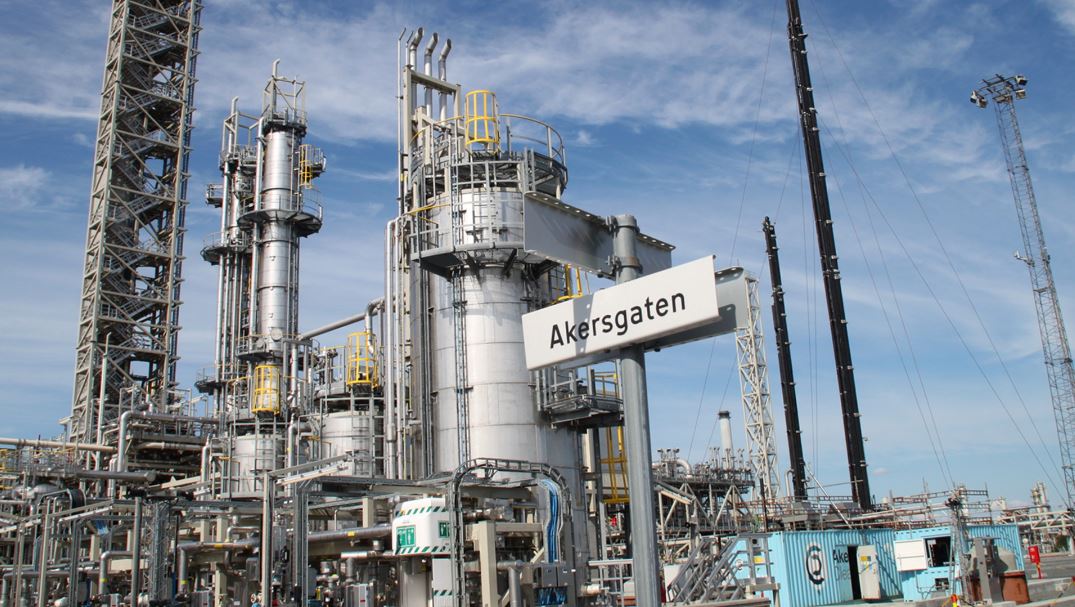
Practical and affordable ways to capture carbon dioxide from the air can soak up excess greenhouse gas emissions.
Carbon capture has actually been in use for years. The oil and gas industries have used carbon capture for decades as a way to enhance oil and gas recovery. Only recently have we started thinking about capturing carbon for environmental reasons. To prevent a dangerous rise in temperatures, the UN’s climate panel now concludes, the world will need to remove as much as 1 trillion tons of carbon dioxide from the atmosphere this century.
There are three main steps to carbon capture and storage (CCS) — trapping and separating the CO2 from other gases, transporting this captured CO2 to a storage location, and storing that CO2 far away from the atmosphere (underground or deep in the ocean)
the fact over here is that carbon is emitted by almost everything we use today and thus it keeps on increasing. The ultimate goal is to lock greenhouse gases away forever. Some could be nested within products like carbon fiber, polymers, or concrete, but far more will simply need to be buried underground, a costly job that no business model seems likely to support.
03. An ECG on your wrist:
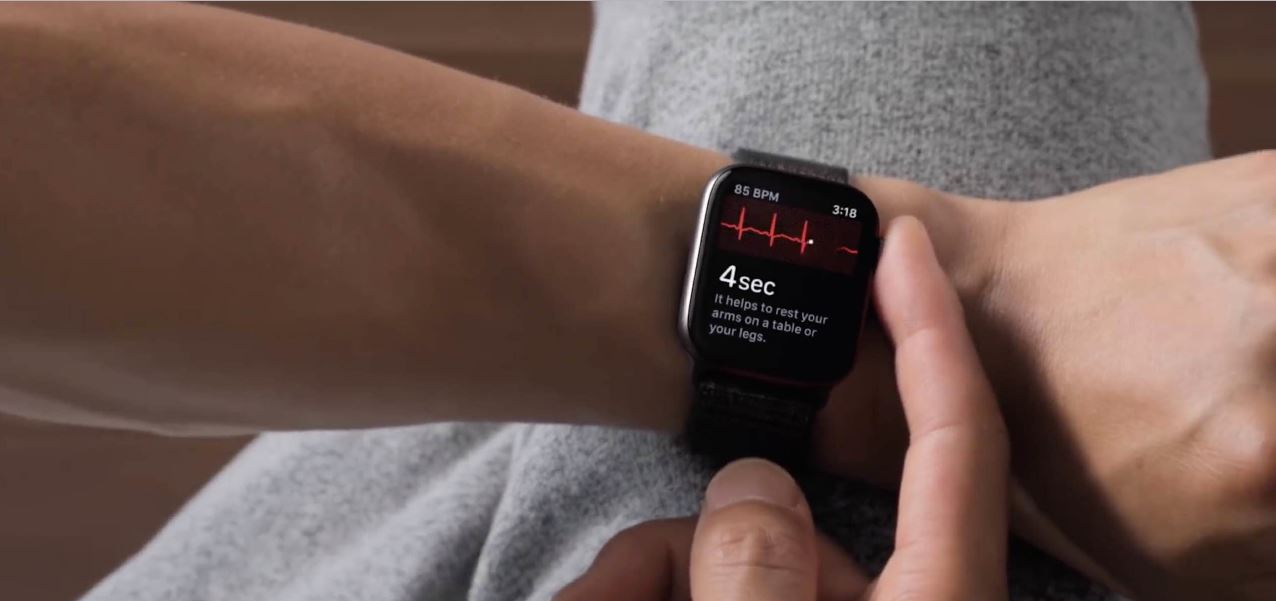
The health-device company Withings has joined Apple in bringing serious heart rate monitoring to the wrist with its new Move ECG smartwatch.
The Move ECG is a hybrid smartwatch as with the look of a traditional analog watch while adding those smarts in more subtle ways. The Move ECG is capable of detecting conditions such as atrial fibrillation (Afib). It does this via three electrodes, two of them discreetly integrated inside the main body of the watch. The third lies inside of the watch’s stainless steel bezel.
Touching both sides of the bezel takes an ECG measurement and takes no longer than 30 seconds, says Withings. The watch will vibrate to notify the user that a reading is taken and then it is synced to the Withings Health Mate app. From the health mate app, you’ll be able to see if the heart is beating in a normal pattern and find additional heart data that can be shared with a doctor or healthcare professional.
02. Sanitation without sewers

Energy-efficient toilets can operate without a sewer system and treat waste on the spot.
Where conventional sanitation is out of reach, old methods paired with new science can get human waste safely back in the ground, with environmental benefits and more
“Worldwide, 2.3 billion people don’t have access to a toilet,” Alia Dharssi reports for Next City. Because traditional sewage systems can be expensive and take time to build. Inventors are looking for ways to give people access to sanitary toilets without them.
In 2011 Bill Gates created a revolutionary movement in this area—the Reinvent the Toilet Challenge. Since the beginning of the contest, several teams have presented their model and thus it helped a lot. So there’s no need for large amounts of water to carry it to a distant treatment plant. But most of the toilets are traditional and lack basic technology even though they provide sanitation.
And thus University of South Florida engineers devised a device that turns wastewater into clean water. And it was called The NEWgenerator.
The NEWgenerator uses membrane filtration – similar to a coffee filter – to clean dirty water and convert it for future use. The NEWgenerator aims to recycle water for toilet flushing in the CABs, which would cut down on water demand. It should also provide nutrients for fertilizers that will help local community gardens, creating a potential food source. The excess food could also be sold.
01. Smooth-talking AI assistants

we are so much indulged in technology that nowadays we don’t even do the small things in life for ourselves. Such as we ask Alexa about the headlines and also we ask Siri about the capital of the certain country. We don’t even take the trouble of calling a friend by ourselves and we ask Siri to do that. The fact here is that are these devices smart enough as to how much we think they are. These devices were supposed to have simplified our lives, but they’ve barely made a dent. They recognize only a narrow range of directives and are easily tripped up by deviations.
A team at Google unveiled BERT, a system that learned how to predict missing words by studying millions of sentences. In a multiple-choice test, it did as well as humans at filling in gaps.
BERT’s key technical innovation is applying the bidirectional training of Transformer, a popular attention model, to language modeling. This is in contrast to previous efforts which looked at a text sequence either from left to right or combined left-to-right and right-to-left training.
Alibaba’s Alice is being used by consumers in China. Alice already says that it is way better than google assistant and many more.
Conclusion
Thus these were the top ten technologies that would shape the future, it was released by MIT technology review. These technologies were selected by Bill Gates, the CEO of Microsoft and one of the top philanthropist.



